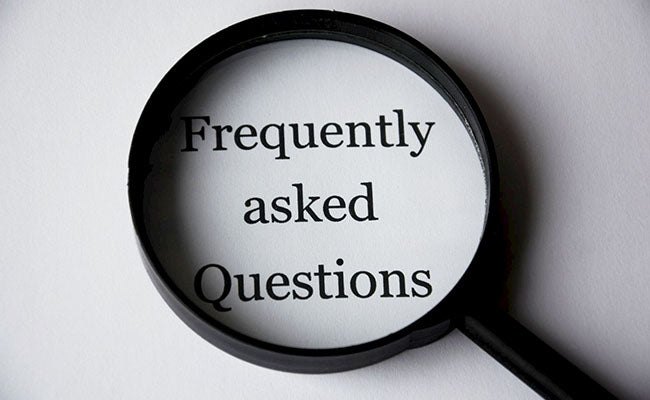The True Cost of Christmas Cards and a Modern Alternative
Every holiday season, millions of us embark on the annual tradition of sending Christmas cards to friends and family. It's a heartfelt gesture that maintains connections and spreads cheer, but have you ever stopped to calculate what this tradition truly costs? Beyond the financial investment lies a hidden expense of time, effort, and environmental impact that many of us overlook in the festive rush.
Breaking Down the Financial Investment of Traditional Christmas Cards
When people ask 'how much are Christmas cards?' they're often surprised to learn the answer involves more than just the price of the card itself. The cost structure has several layers that add up quickly. A basic box of 20 photo cards from a local pharmacy or big-box retailer typically ranges from $15 to $30. These mass-produced options offer limited customization and generic designs.
For those seeking more personalized creations, premium photo cards from specialty printers or online services can cost significantly more. Individual custom cards often range from $2 to $5 each, with prices escalating based on paper quality, special finishes like foil stamping, and unique shapes or designs. If you're sending to an extended family and circle of friends, a quantity of 50-75 cards is not uncommon, pushing the base cost alone to anywhere from $100 to over $300.
But the financial considerations don't end with the cards themselves. Postage represents another substantial expense. With first-class mail stamps currently priced at $0.66 each in the United States, mailing 50 cards adds another $33 to your holiday budget. International deliveries can cost significantly more, with global forever stamps priced at $1.50 each. For families maintaining connections across borders, this can easily double the mailing costs.
The Hidden Expenses Beyond the Price Tag
Beyond the direct financial outlay, traditional Christmas cards demand a significant investment of time and energy. The process involves multiple steps: selecting or creating the perfect design, choosing the right photos, formatting them for print, placing the order, waiting for delivery, addressing each envelope by hand, adding personal notes, applying postage, and finally making a trip to the mailbox or post office.
This entire process can easily consume several hours spread across multiple days—time that is especially precious during the already-packed holiday season. There's also the emotional labor of maintaining address books, tracking who sent cards last year, and worrying about cards getting lost in the mail or arriving after Christmas.
Environmental impact represents another hidden cost. The average Christmas card requires paper production, printing inks, plastic wrapping, and transportation emissions. While many cards are recyclable, the cumulative environmental footprint of millions of cards sent each year is substantial. For environmentally conscious individuals, this presents a genuine dilemma between maintaining tradition and reducing waste.
A Personal Holiday Card Journey
I remember several years when our family's Christmas card process felt more stressful than joyful. One particular December stands out—I had meticulously chosen a beautiful family photo, designed custom cards with a professional service, and spent an entire Sunday afternoon addressing envelopes. The project consumed most of my weekend and cost nearly $200 for 60 cards.
The real disappointment came weeks later when multiple relatives mentioned they never received their cards. Between postal delays and potential misdeliveries, our holiday greetings had vanished into the void. That experience made me question whether there might be a better way to share our seasonal memories without the limitations of physical mail.
The Modern Digital Alternative: A New Holiday Tradition
This search for a better solution led our family to discover digital picture frames, which have transformed how we share and experience holiday memories. Instead of sending a single static image that gets displayed for a few weeks then discarded, we now gift our loved ones with an entire gallery of our year's best moments.
The NexiFoto digital frame has become our preferred method for sharing Christmas greetings. Throughout December, we remotely update the frame with a rotating collection of holiday photos—from tree-trimming parties and cookie decorating to snowy adventures and cozy family moments by the fireplace. Our relatives receive not just one Christmas card, but an evolving visual story of our holiday season.
Calculating the Value Comparison
When evaluating 'how much does a Christmas card cost' versus the digital alternative, the long-term economics strongly favor the modern approach. A quality digital picture frame represents a one-time investment that serves for many holiday seasons, unlike traditional cards which require recurring annual expenses.
Consider this comparison: if you typically spend $150-$250 each year on cards and postage, over five years that amounts to $750-$1250. A premium digital frame costs significantly less than this cumulative expense and continues to provide value year-round, not just during the holidays. It becomes a gift that keeps giving, displaying new memories long after the tinsel has been packed away.
The convenience factor is equally valuable. With digital sharing, there are no last-minute rushes to get cards in the mail by December deadlines. You can update your holiday gallery instantly from your phone, adding new photos right up to Christmas Eve. There's no worry about postal delays, lost cards, or running out of stamps. The environmental benefits are substantial too—dramatically reducing paper waste and carbon emissions from transportation.
Blending Tradition with Innovation
Some people worry that digital alternatives lack the personal touch of traditional cards, but we've found the opposite to be true. The ability to share dozens of genuine moments instead of one carefully staged photo creates a more authentic connection. Our family members enjoy seeing the behind-the-scenes glimpses of our holiday preparations and spontaneous joyful moments that would never make it onto a formal card.
For those not ready to completely abandon traditional cards, a hybrid approach works beautifully. Send a modest quantity of physical cards to older relatives who particularly appreciate them, while gifting digital frames to immediate family and tech-comfortable friends. This balanced strategy honors tradition while embracing the practical benefits of modern technology.
Making Your Holiday Greetings More Meaningful
However you choose to share your holiday greetings, the most important element remains the connection they facilitate. Whether through traditional cards or digital displays, the goal is strengthening bonds with people we care about. The method matters less than the sentiment behind it.
As we navigate the evolving landscape of holiday traditions, it's worth periodically reevaluating whether our practices still serve their intended purpose. For our family, transitioning to digital picture frames has reduced seasonal stress, provided better value, and created more meaningful connections with loved ones. The question isn't just 'how much are Christmas cards' in monetary terms, but what value they truly deliver for that investment.
This holiday season, consider whether your current approach to Christmas cards aligns with your priorities for time, budget, and emotional connection. Sometimes the most cherished traditions are those that evolve to better serve our changing lives while preserving the spirit of generosity and connection that makes the season special.




